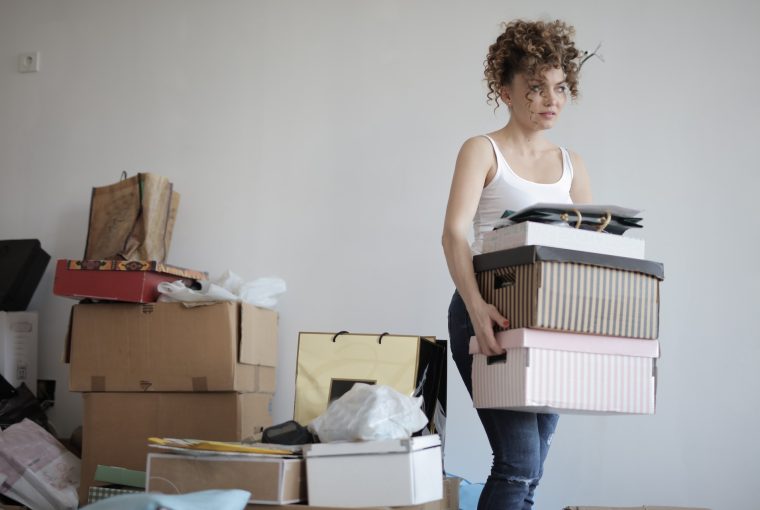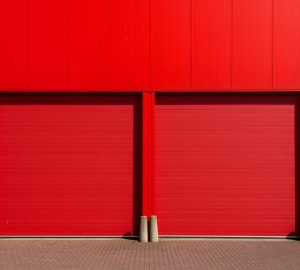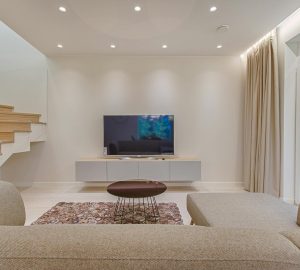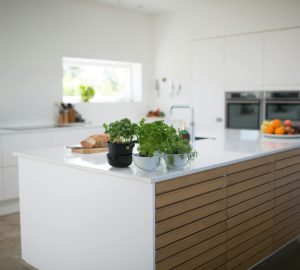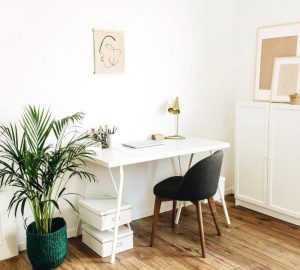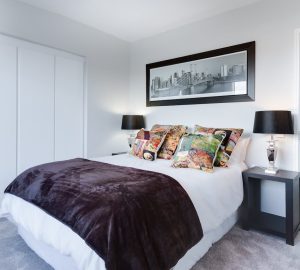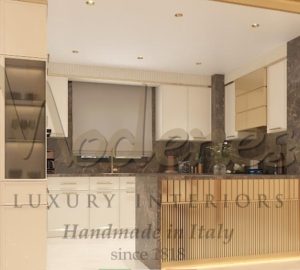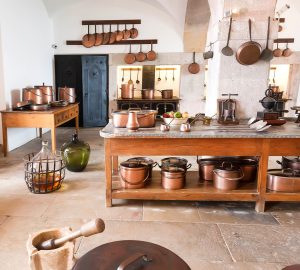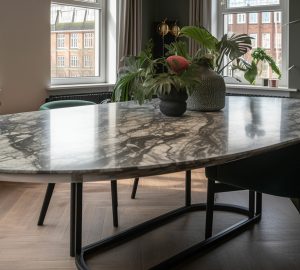Regardless of your home’s dimensions and the empty space at your disposal, optimising storage space can often be a challenging task. This frequently leads to an unwelcome build-up of clutter, a problem that can persist even if you are exceptionally tidy and organised. Understanding how to fully utilise existing storage space – or learning nifty techniques to create more – can help nearly anyone, whether you live in a studio apartment or a large family home.
Below, the storage experts at Clever Closet outline a number of ways you can organise your home using old and new strategies, to make the space tidier and more welcoming to guests.
Decluttering
Clutter can build up gradually. You may be busy and keep putting off tidying, and find that your surfaces and corners slowly populate with miscellaneous items. Finding permanent places to store them can take time and effort, but it will have a significant impact on your home’s neatness. To start, gather your possessions and evaluate them one by one to determine whether or not you need to keep them. Unwanted items can be discarded or donated, freeing up space for more useful items.
Once you are confident that only the necessary items remain, you should allocate specific storage spaces for each one. Having a designated place for everything makes tidying up far more straightforward and means you can more easily locate items when you need them. If you find that there is still not enough space, repeat the process – or find ways to create more space to accommodate your belongings.
Segmenting Storage: Long-term vs Short-term
Storage spaces in your home can be separated into two categories:
- Short-term solutions include cabinets and drawers – the ideal places for items that you need to keep readily accessible.
- Long-term alternatives might include lofts, sheds or garages, depending on your home’s facilities. These are best suited to keeping things that you don’t need quick access to, like holiday decorations or sentimental items.
Some people also use external long-term options like rented storage units. Whether this suits you will depend on your unique requirements, but it’s worth considering if your belongings significantly outnumber your storage space. However, it’s important to bear in mind that it will be much more difficult to access these items if a sudden need arises.
By meticulously evaluating your possessions and their importance, you can gauge how frequently you use each item and where they should be stored. While grouping similar items is logical, you might create more space by segregating them. Move items that are not used as often to long-term storage spaces and you can make your short-term storage more efficient.
To maximise your use of these spaces, think about innovative solutions that could transform their functionality – for example, wall-mounted hooks. Many tools, as well as cleaning implements like dustpans, mops, and feather dusters, can be easily hung up using wall-mounted hooks, saving shelf spaces and further enhancing efficiency.
Creating Space with Built-in Storage
If space still remains scarce after decluttering, or you wish to combine the advantages of both long-term and short-term storage – meaning an option that significantly improves storage capacity without forfeiting accessibility – built-in storage units might be the solution.
These units come in various styles and can be installed in otherwise unused areas of your home, like under the stairs, in attic eaves or awkward alcoves. This enables you to create substantial extra storage without taking up any additional room in your living spaces. These storage solutions are typically roomy, customisable and conveniently located within your home.
Built-in storage can also serve as a temporary solution during decluttering, offering a temporary home for some items, making the tidying process easier and preventing further disarray. Then, during the process, you can decide which items should move into a built-in unit permanently, and which are better elsewhere.
In conclusion, the best solution for your home will be influenced by several factors, including your specific storage dilemmas and the options and space at your disposal. By sticking to our advice, you can confront clutter, optimise your space and embark on a path towards lasting tidiness and organisation.
